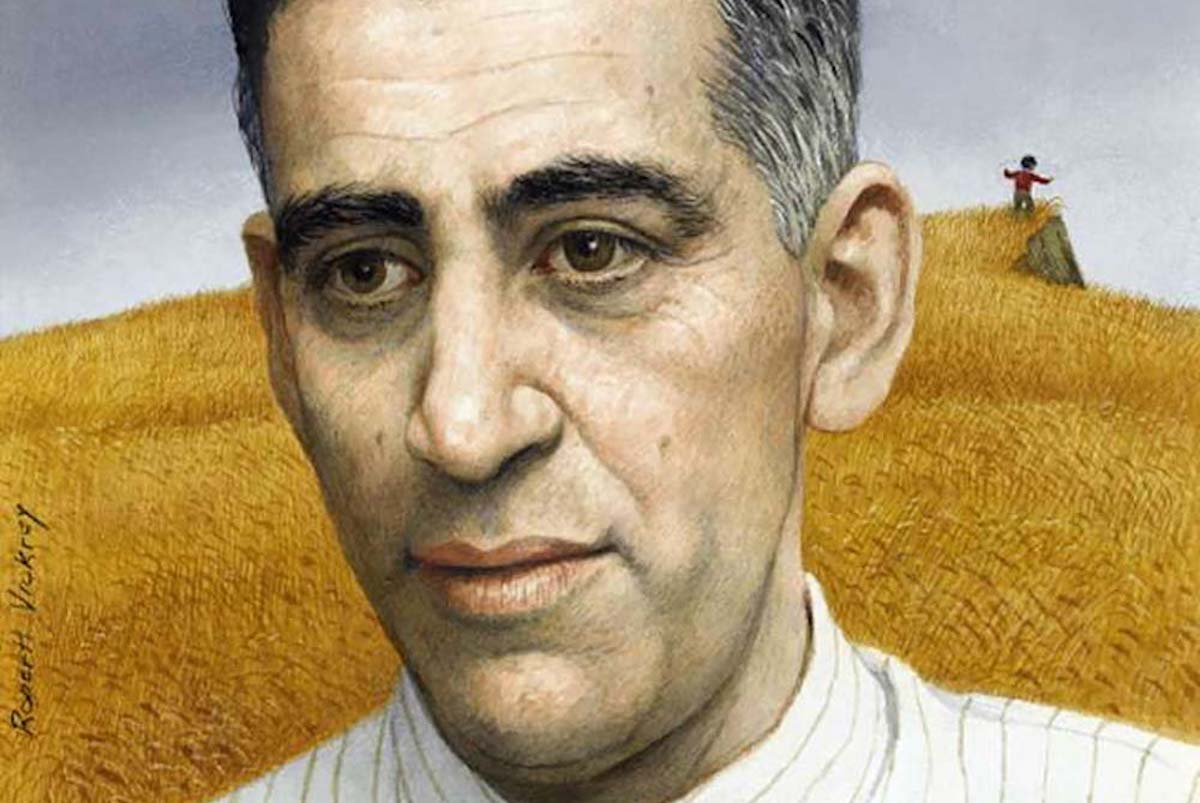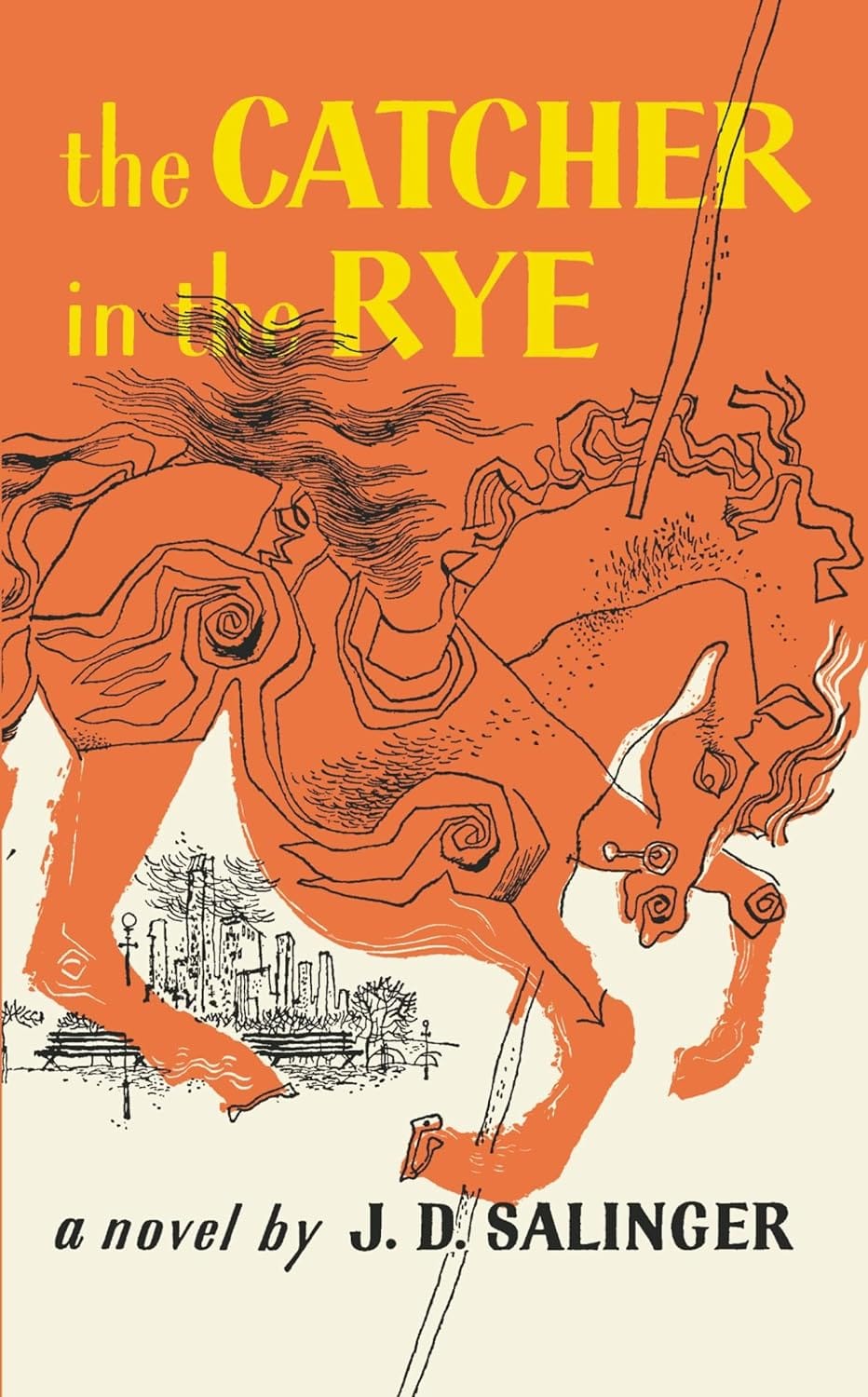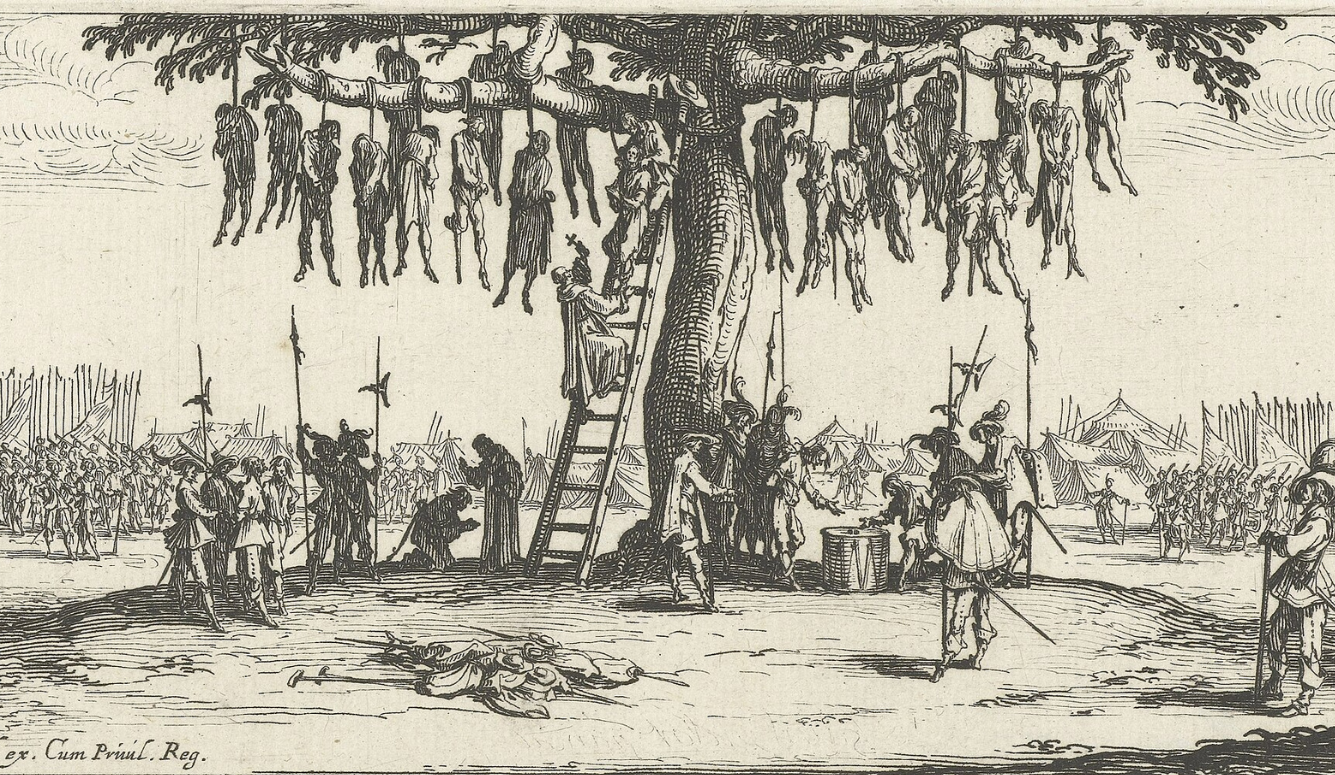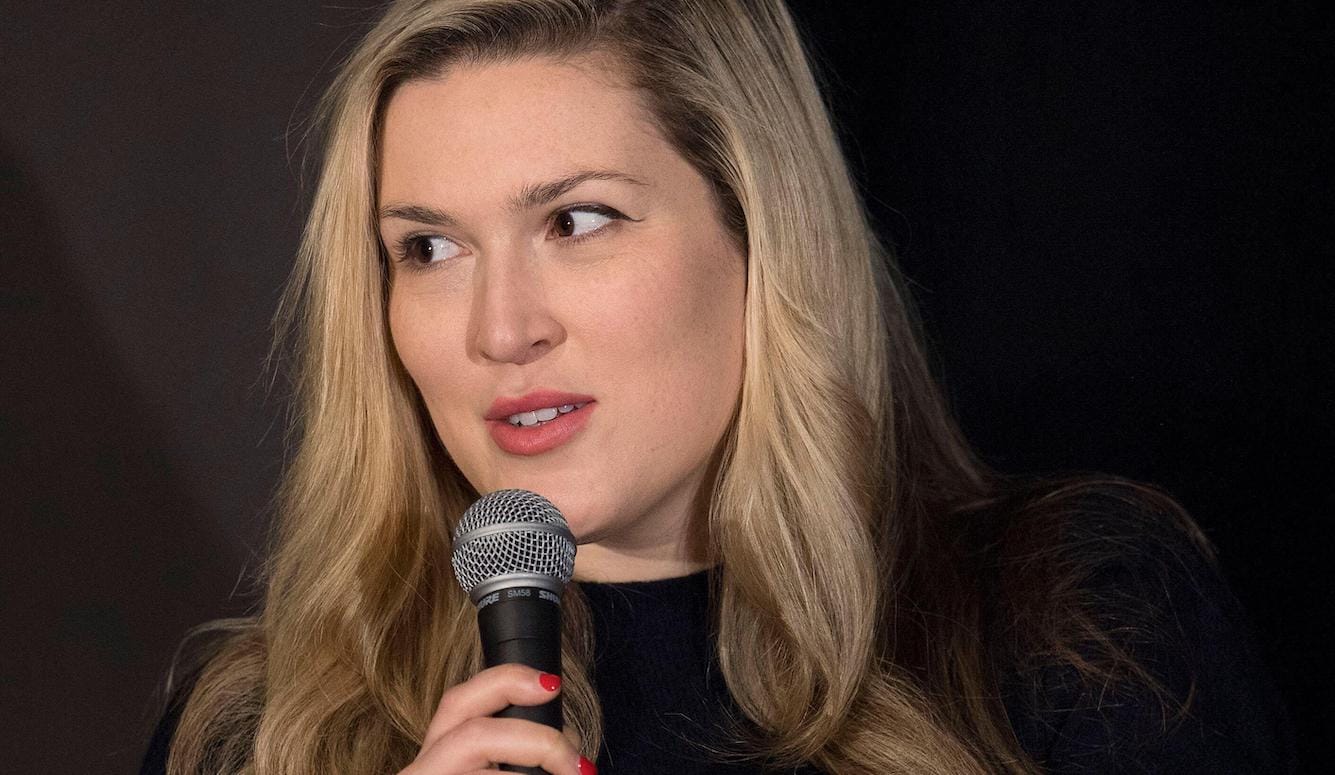Culture Wars
The Posthumous #MeToo-ing of J. D. Salinger
Salinger has been posthumously relegated to the limbo of #MeToo-tainted, “problematic” cultural figures, which probably accounts for the awkward half-silence around his centenary.


The first day of this year would have been the 100th birthday of J.D. Salinger, the American writer whose 1951 novel of teenage rebellion, The Catcher in the Rye, mesmerized generations and made him a cult figure. The Salinger legend was only enhanced by his reclusive life in rural New Hampshire, where he shunned interviewers and photographers and continued to write but published nothing from 1965 until his death in 2010. Given both Salinger’s literary stature and his mythic aura, the centennial should have been a big deal. And yet it went by almost unremarked—a startling fact that almost certainly has more to do with the cultural and sexual politics of this moment than with Salinger’s place in literature.
It is telling that the most prominent essay on Salinger to appear in the American media so far in 2019 has been a Washington Post piece questioning whether the writer is still relevant, given that his best-known work focuses on “the anxieties of a white heterosexual young man expelled from an expensive prep school.” (By that standard, Hamlet is surely doomed.) And the article raised another issue: the shadow cast over Salinger’s reputation by #MeToo, which had made it unacceptable to “make allowances for abusive behavior by manipulative men.”
Accusations of abusive behavior toward women have haunted Salinger’s memory since his death, gaining more traction with the rise of a victimhood-centered brand of feminism over the past few years. The tipping point came last September with the publication of an essay by Salinger’s former lover Joyce Maynard, published in the New York Times Book Review.





